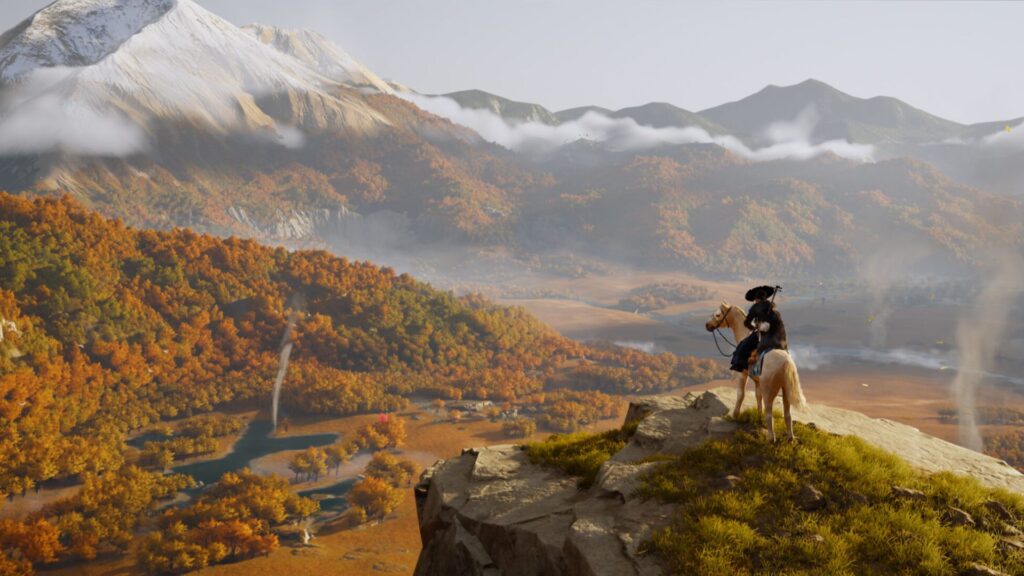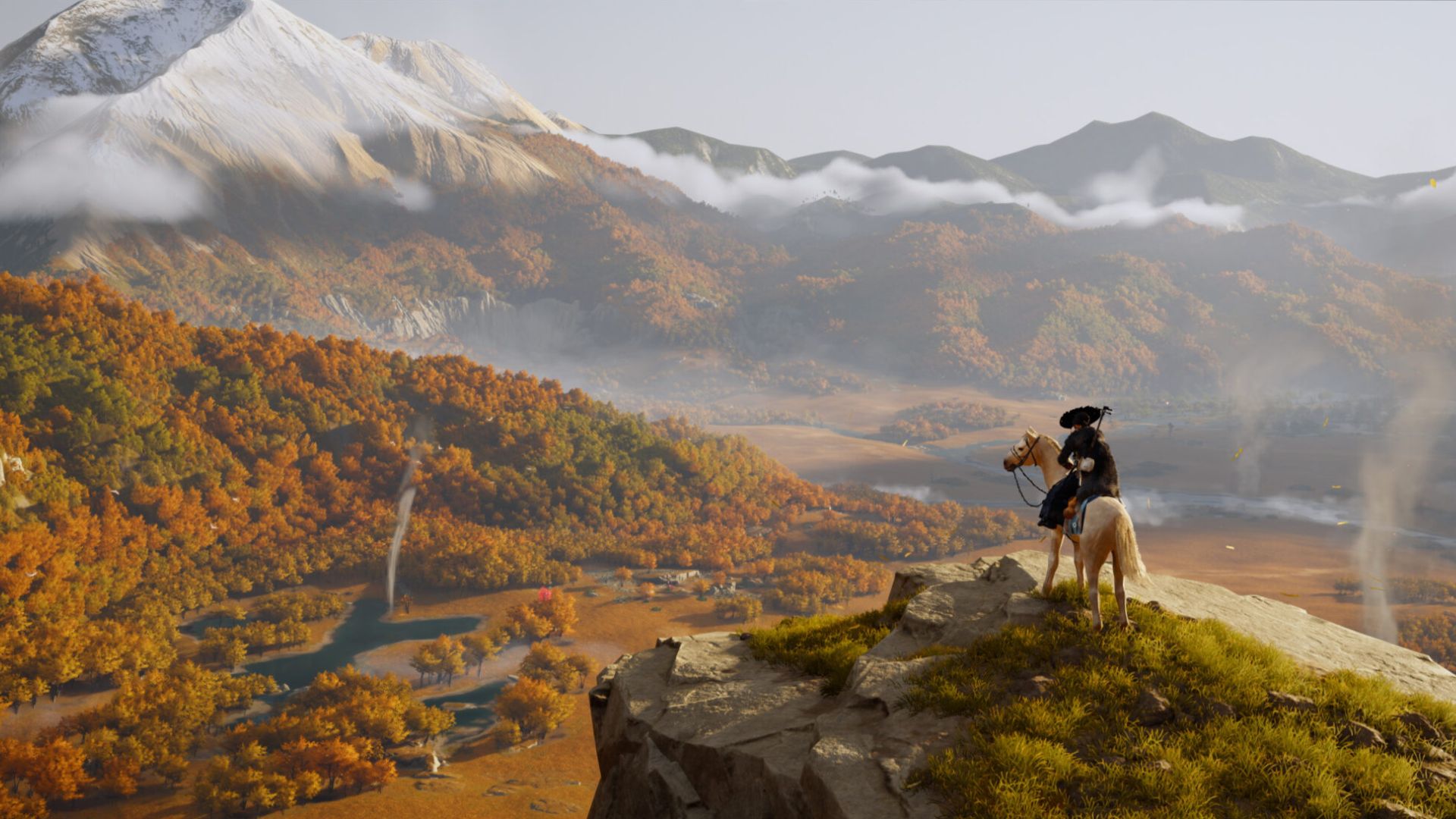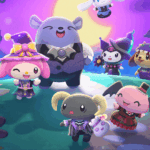If the past several decades have taught us anything about open-world titles, it’s that the best are built differently. It’s not about the biggest map, the sheer amount of virtual square kilometers, or how much content is stuffed within, but how you go about designing it. After all, the main goal of an open world is in the name itself – creating a world that feels alive and lived in.
Several titles have achieved this in different ways – look no further than Cyberpunk 2077’s Night City with its over-the-top ads, warring gangs, and unique NPCs. Then again, that doesn’t mean titles like The Legend of Zelda: Breath of the Wild or Tears of the Kingdom are lesser open worlds by comparison – just approaching the goal from a different angle. Of course, there are also games like Starfield, where, no matter how many planets with life are discovered, each feels less “organic” than the last.
However, there are also the likes of Red Dead Redemption 2, which offered full-fledged schedules for NPCs, incredible attention to detail and much more, creating a world for players to get lost in. I can’t remember a game that felt so distinctly alive in the same fashion, but Sucker Punch’s Ghost of Yōtei and its version of Ezo comes absurdly close, that too on a much lower budget. Such is the execution of open-world design that at times, you’ll ever forget that it’s roughly the same size as Ghost of Tsushima.
Upon arriving in the region, the first thing that’s heavily apparent is how much it’s changed since Atsu’s absence. Returning to seek vengeance for the murder of her family, she’s keen on information about the Yōtei Six. It’s funny because, for all intents and purposes, this is her home, the world where she grew up, so walking into places and expecting resistance shouldn’t be the norm. Once it becomes clear that it’s a far more dangerous place than she’s ever known, the present-day Ezo – one where ronins, cutthroats, bandits and far worse have made their home – becomes all the more real.
Which is fine, because that forms a core part of the region’s development over the years (even factoring into the Yōtei Six’s plans for the same). Thus, despite having a general lay of the land, Atsu has no clue what to expect, and that’s reflected in her map. Again, it’s not immediately obvious, but this forms the crux of how the entire world unravels.
It starts simply enough – interrogate an enemy among those foolish enough to attack at the first inn, and maybe learn a bit more from the innkeeper. Of course, there’s Isaburo, a cartographer sent to Ezo to chart the region at the behest of the Shogun (and who’s none too fond of the task but would rather keep his head). He’ll provide map fragments, denoting the locations of familiar side activities, such as Bamboo Strikes and the like. Then there’s the Kojiro, the bounty board handler, who doles out a few bounties at a time, each with information on their marks. However, these are often in areas that must be explored further, and oftentimes, you’ll have no idea what else awaits.
That’s where Ghost of Yōtei really begins to open up. You’ll encounter Clan Matsumae, which seeks to bring order to Ezo by also taking down the Yōtei Six. However, they’re not quite welcome by the locals, never mind the Ainu who roam the region, trading goods and surviving in the midst of this ongoing conflict. Sometimes, bounty hunters will happen upon Atsu and try to claim the reward on her head – defeating them could just as easily yield new leads as it could lead to another corpse. But sometimes, you’ll encounter NPCs who tell you about a nearby Wolf Den, where you could find the mysterious Wolf and earn their trust by helping to free their kin.
Maybe you’ll learn about an onsen that increases Atsu’s max health or a Bamboo Strike that increases the max Spirit. But you could just as easily happen upon someone hunting the same bounty as you, and potentially seeking your cooperation. You may happen upon a ronin attempting to coerce a mother and daughter to hire him as a bodyguard because of how dangerous the region has been (and politely convince him to buzz off).
As you gather more leads, the greater mysteries of Ezo begin to unfold, whether it’s Duelling Trees, where you’ll battle wannabe disciples of Takezo the Unrivalled or whipping out bells and following their direction to discover the remains of the Undying Samurai’s victims. At one point, I was led to an estate belonging to a cursed samurai, which turned into a mix of platforming, combat, exploration, and even maze navigation. That’s not even getting into the local legends, which can lead to powerful techniques (and other connections that you have to experience first-hand).
In Ghost of Tsushima, it’s customary to follow the Guiding Wind, and make no mistake, it’s still an essential navigation tool this time around. However, the layout of the world also feels more natural and packed with activity. You set an objective and follow the Wind while still discovering other activities or individuals seeking your assistance. Or trying to kill you. Or something else entirely. And it’s only in retrospect that you realize how much of this is so close to each other, to the point where you could ignore the Guiding Wind and still discover it all.
By the time I finished my playthrough, I was shocked at the number of enemy camps liberated – they didn’t feel forced at all (some even naturally intertwined with bounties). It all sounds so simple, and yet, one activity weaves seamlessly into the next, offering something new and interesting, whether it’s a side quest with surprising depth and characterization or a puzzle box that requires tinkering to claim its rewards.
And while I could wax eloquently about the more hands-off approach that the game takes with your exploration (yet still ensuring that everything connects to Atsu’s greater purpose), I’ll instead emphasise just how beautiful Ezo is. I’m not someone who places too much value on graphical fidelity – fun gameplay and an engaging story come first more often than not – but art direction is important, and Ghost of Yōtei is simply stellar. The leaves shuffling around when you visit Atsu’s childhood home; Mount Yōtei off in the distance, serving as an imposing monument when it’s not a watchful sentinel; the attention to detail when depicting teahouses, strongholds, inns, and more.
Even something as simple as roaming the landscape on horseback feels amazing, thanks in no small part to the camera pulling back and offering a wider field of view. The improved draw distance is also doing some heavy lifting, depicting the gorgeous breadth and scale of Ezo, even as its biggest dangers lie obscured.
Ghost of Yōtei chose quite the year to launch in, packed as it is with incredible releases like Clair Obscur: Expedition, Hollow Knight: Silksong, Blue Prince, Silent Hill f and much more. And yet, it’s an experience that’s left a lasting impression – not simply because of its narrative and characters, but also due to the world design and Ezo’s identity as a whole. It’s a monumental effort and one that cements Sucker Punch as masters of its craft, sharing space with some of the other venerable legends of the genre.
Note: The views expressed in this article are those of the author and do not necessarily represent the views of, and should not be attributed to, GamingBolt as an organization.






This post highlights some interesting points about the evolution of open-world games. It’s great to see how titles like Ghost of Yōtei are pushing the boundaries and setting new standards in the genre. Looking forward to seeing how it develops!
I completely agree! The evolution of open-world games really showcases how developers are pushing boundaries. It’s fascinating to see how storytelling and world-building have become more immersive, making players feel truly part of the game world.
Absolutely! It’s fascinating to see how developers are not only enhancing graphics but also creating more immersive storytelling experiences. The way they integrate environmental storytelling in games like Ghost of Yōtei adds a whole new layer to exploration.
I completely agree! The blend of stunning visuals and immersive storytelling really elevates the open-world experience. It’s interesting to see how mechanics like dynamic weather and NPC interactions are also becoming more sophisticated, making the worlds feel even more alive.
Absolutely! The way the environment interacts with the narrative adds another layer of depth to the experience. It’s fascinating how the design encourages exploration while keeping players engaged with the story.
I completely agree! The integration of environmental elements with the storyline really enhances immersion. It’s fascinating how this approach can make players feel more connected to the world and its characters.
Absolutely! The way the environment influences gameplay can create a more immersive experience. It’s fascinating how open-world games are evolving to not just tell a story but also allow players to shape it through their interactions with the world around them.
I completely agree! The integration of environmental elements not only enhances immersion but also encourages players to explore and interact with the world in unique ways. It’s fascinating how these dynamics can shape storytelling and player choices throughout the game.